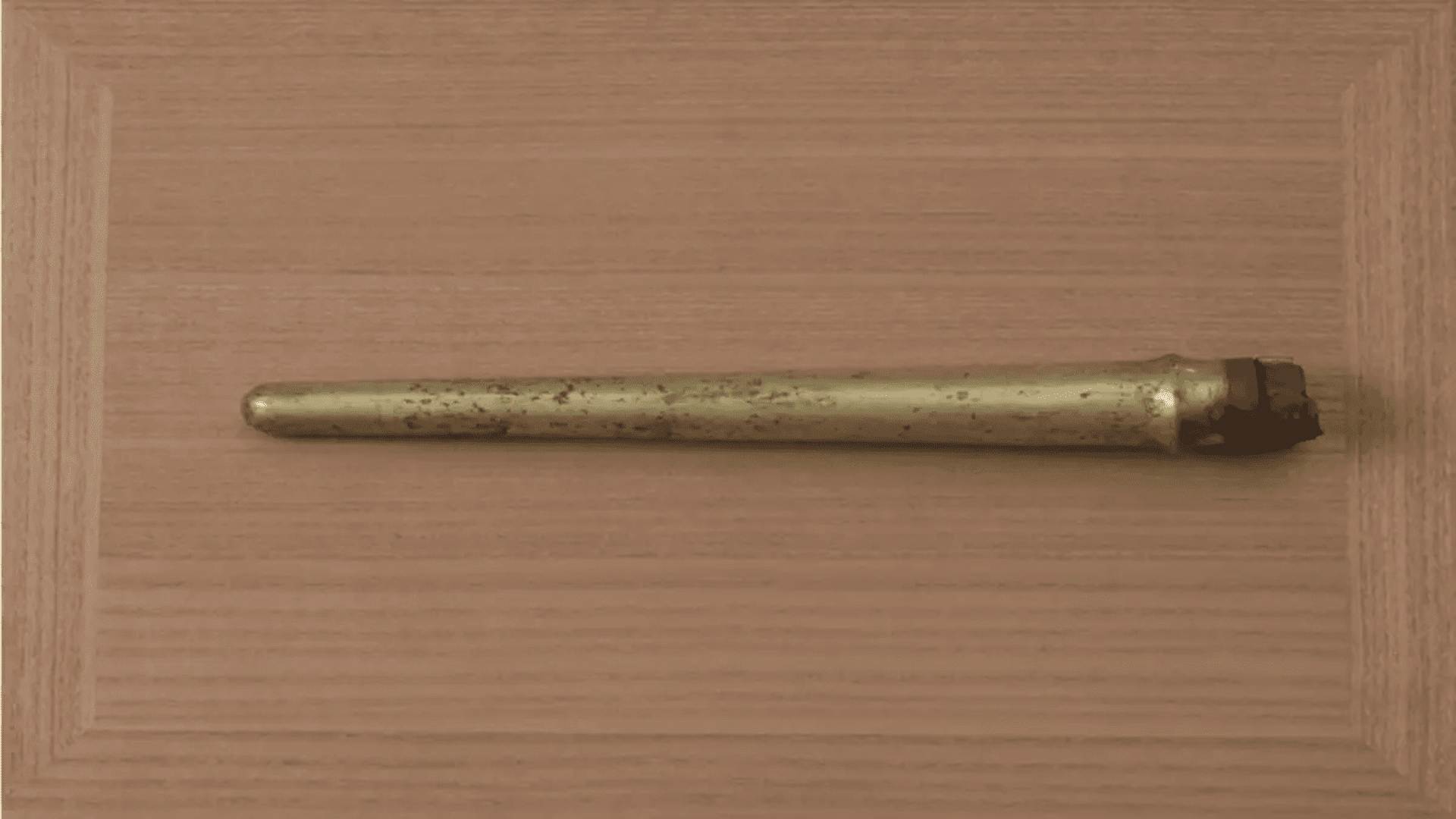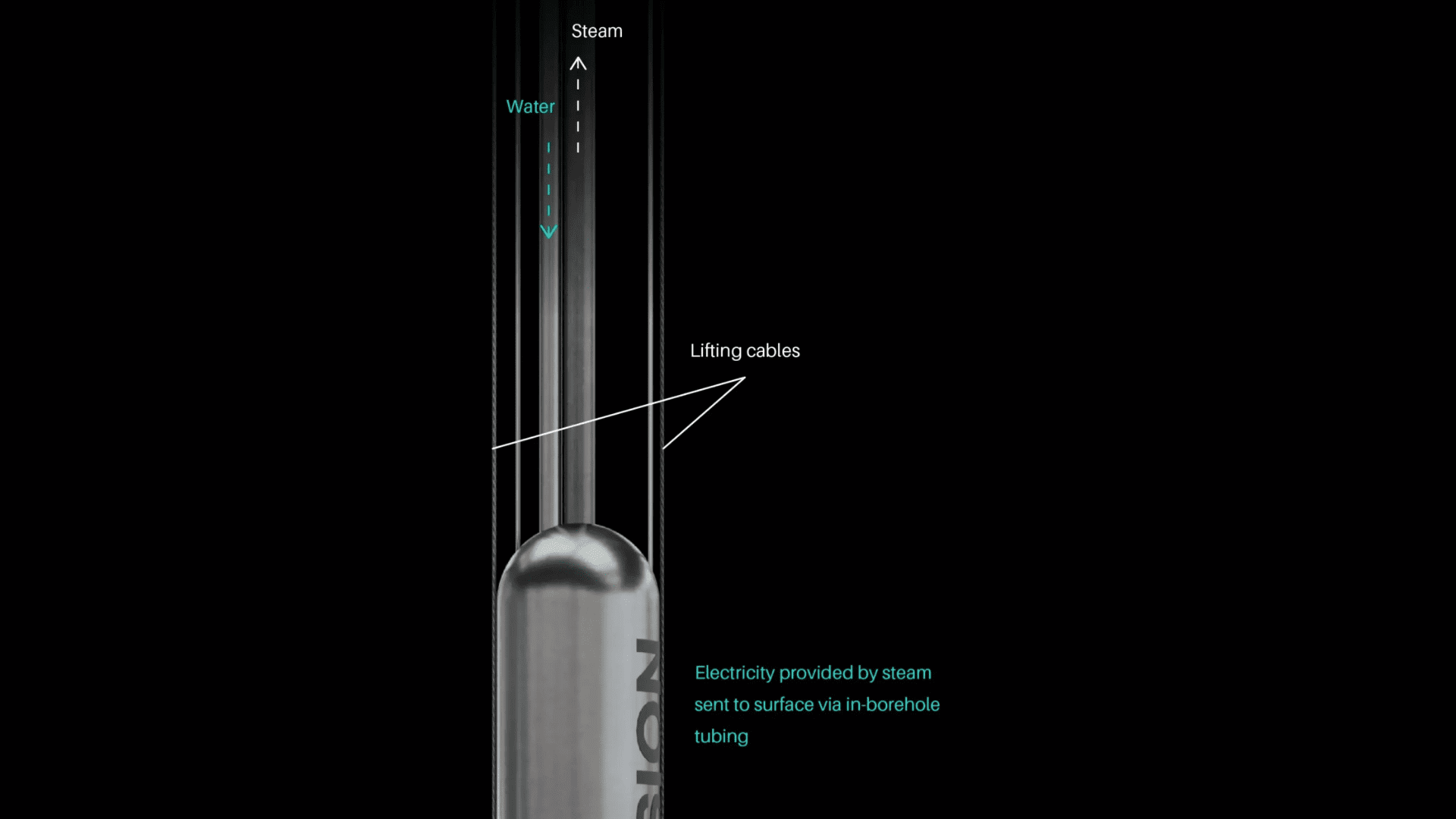Gold patterns discovered on a 1,100-year-old Japanese spear using X-ray technology have made the artifact a treasure trove of historical significance for researchers.
Archaeological Discovery Using X-Ray Technology

The gold sheath that held the sword was originally found under a boulder in 1954, but the artifact wasn’t examined more closely until recently. This is because the island where it was located held approximately 80,000 historical artifacts.
The Munakata-Okinoshima and Associated Heritage Preservation Council announced that a gold sheath held a rare blade, dating back between 1,100 and 1,300 years. The triangle-tipped blade was crafted during the Yamato Dynasty and measures 11-12 inches.
The decorations on the sword represent the Yamamoto state’s dedication to performing spiritual rites on the Japanese island of Okinoshima. Genkai Sea, a recognized UNESCO World Heritage Site, has long been regarded as a location dedicated to spiritual practice and was previously used for marine rituals.
According to Arkeonews, researchers performed X-rays using CT and X-ray fluorescence technology on 4,200 metal artifacts. When they examined the gold sheath, they found that it contained one of the finest iron blades of the era.
The blade is inlaid with motifs such as phoenix, tortoise shells, and arabesque patterns. According to Archaeology News, the images also contain feathers and flowers. They also noted that the sword maker used the kinzōgan technique to craft the spear, which involves carving designs into the metal and embedding the recesses with gold or other metals.
Researchers noted that the spear wasn’t used as a weapon, but rather was used in a maritime ritual.
According to Interesting Engineering, archaeologists believe the design on the spear is imbued with royal or religious significance, thereby providing researchers with new insights into the rituals of the Yamamoto.
Tadashi Nishtani, professor emeritus of archaeology at Kyushu University, told Archeonews the blade confirmed the “scale and sophistication of state-level ritualism during the Kofun period, centered on Okinoshima’s sanctity.”







